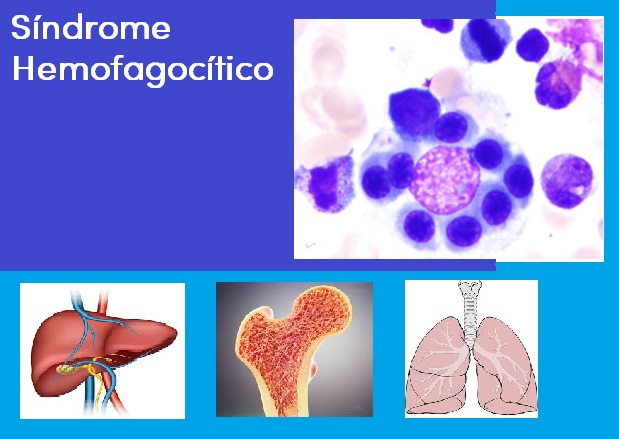Hemophagocytic syndrome in children: a case report Case Report
Main Article Content
Abstract
Introduction: Hemophagocytic syndrome is a group of clinical signs and laboratory findings that seriously and negatively compromise children’s health, with an incidence of 1.2 cases/million/year. It can be underdiagnosed and confused with sepsis with a non-specific focus.
Case: A 4-year-old boy with an unremarkable medical history was admitted from the emergency service due to fever and abdominal pain for 20 days. He required intubation due to frank respiratory failure and admission to the Pediatric Intensive Care Unit with hypotension, liver failure, pancytopenia, and splenomegaly.
Evolution: Bacterial infections were ruled out using polycultures, and the SARS-CoV-2 test result was negative. Congenital and acquired immunodeficiencies were also ruled out. Toxoplasmosis, rubella cytomegalovirus, herpes simplex and Venereal disease research laboratory were negative. The Epstein–Barr virus test result was positive for IgM. Endocarditis with global pericardial effusion was observed. A medullary biopsy study showed normochromia, normocytosis, pancytopenia, and blasts.
Conclusion: Diagnosis of hemophagocytic syndrome is unusual, and because of its limited frequency, it is underestimated during clinical evaluation. However, the characteristics that are presented in this case report are consistent with the detailed information.
Downloads
Article Details

This work is licensed under a Creative Commons Attribution-NonCommercial 4.0 International License.

